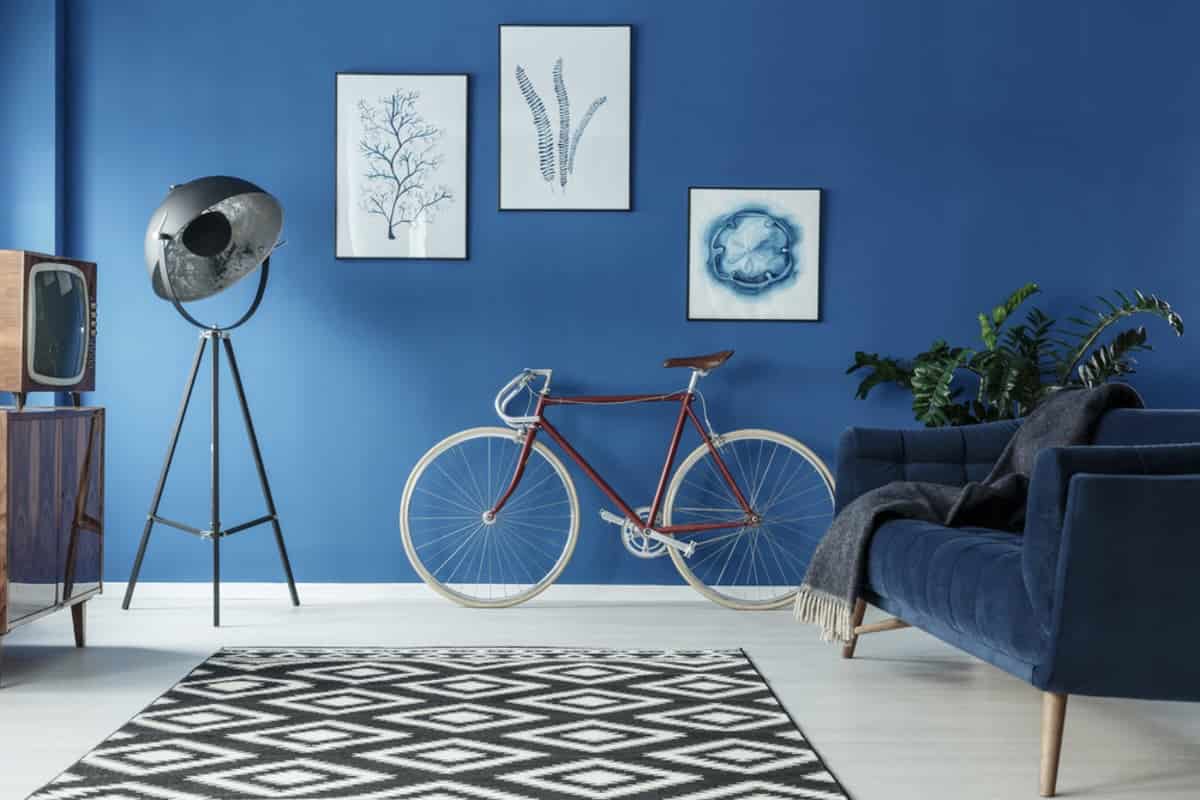When it comes to painting the interior of your home, the process can seem like an overwhelming mountain you need to climb. However, fear not, as with the right guidance and knowledge, you can navigate through each step smoothly.
From the initial cleaning of your walls to the meticulous application of the final coat, each stage holds its importance in achieving a flawless finish. So, let’s break down these interior painting essentials, starting with the crucial first step that sets the foundation for a successful paint job.


Before painting your walls, ensuring they’re properly prepped is essential for a smooth and professional finish. Start by inspecting the walls for any cracks, holes, or imperfections. Use a putty knife to fill in these areas with spackling compound, then sand them down once dry.
Next, remove any dust, dirt, or grease by washing the walls with a mild detergent solution and allowing them to dry completely. If there are any glossy surfaces, rough them up with sandpaper to help the paint adhere better.
While painting prep often includes basic cleaning, tackling a large-scale painting project might feel overwhelming, especially if your space needs decluttering or a deep clean before you can even get to the walls. A professional house cleaning service in Melbourne can make a world of difference, offering benefits such as:
Consider a cleaning service if:
When selecting the right paint for your interior walls, consider factors such as the room’s lighting and intended mood to achieve the desired look and longevity. Opt for lighter shades in rooms with limited natural light to create a more spacious feel.
For high-traffic areas like hallways and entryways, choose a durable paint that can withstand frequent cleaning. If you aim to evoke a cozy atmosphere, warm tones like beige or soft greys can be ideal.
For a bold statement, vibrant colors like deep blues or rich reds can add personality to the space. Remember to also select the appropriate finish based on the room’s function; matte finishes hide imperfections, while gloss finishes are easier to clean.
To ensure a smooth and lasting finish for your interior walls, start by applying primer before painting. Primer helps create a uniform surface by sealing porous areas and providing a base for the paint to adhere to.
Begin by cleaning the walls thoroughly to remove any dirt or grease. Next, fill in any holes or cracks with spackling compound and sand the surface for a smooth texture. Apply the primer evenly using a roller or brush, focusing on areas that may have absorbed more primer, such as patches or repaired spots.
Allow the primer to dry completely before proceeding with the paint application for the best results. Remember, proper priming sets the foundation for a professional-looking paint job.
Begin painting your interior walls by mastering fundamental techniques that will enhance the overall appearance and durability of your finished project.
Start by using a high-quality angled brush to cut in along edges and corners before rolling the larger sections. Apply paint using smooth, overlapping strokes to prevent visible lines and ensure even coverage. Remember to maintain a wet edge to avoid lap marks by working quickly and efficiently.
Don’t forget to feather out any drips or runs immediately to maintain a seamless finish. For optimal results, paint in natural light or use additional lighting to spot any missed spots or uneven areas.
After mastering fundamental painting techniques for your interior walls, the final coat application is where you can truly bring your project to completion.
When applying the final coat, ensure that the previous coats are completely dry. Begin by cutting in the edges with a brush before using a roller for the larger areas. Apply the paint evenly in smooth, overlapping strokes to achieve a uniform finish. Check for any drips or uneven spots as you work, smoothing them out immediately. Remember to maintain a wet edge to avoid visible lap marks.
Once the final coat is applied, allow sufficient time for drying before considering any touch-ups. This final step will give your walls a professional and polished look.
After painting, wait at least 24 hours before hanging pictures or decorations on newly painted walls.
This gives the paint ample time to dry and cure properly, ensuring your decorations won’t damage the fresh paint.
When painting textured walls or ceilings, ensure your paint application technique accommodates the texture.
Use a roller with a thicker nap to reach all crevices.
Pay attention to consistent coverage and avoid oversaturating the texture for a professional finish.
You can paint over wallpaper if it’s in good condition, but removing it first is ideal for a smoother finish. Ensure edges are securely glued down.
Use a high-quality primer to prevent the wallpaper pattern from showing through.
When painting around trim, corners, and tricky spots, use painter’s tape for clean lines. Cut in carefully with a brush first, then roll the walls.
Take your time and be patient for a professional finish.
To prevent paint from peeling or chipping in high-traffic areas of your home, follow these steps:
Now that you have learned the essentials of interior painting, you’re ready to transform your space with a fresh coat of paint.
Remember to:
– Thoroughly clean and prep your walls
– Choose the right paint and primer
– Use proper painting techniques
– Finish with a final coat for a professional-looking finish
With these tips in mind, you can achieve a beautifully painted room that reflects your personal style.
Happy painting!
This website uses cookies.